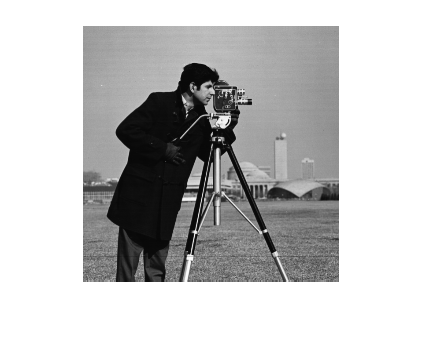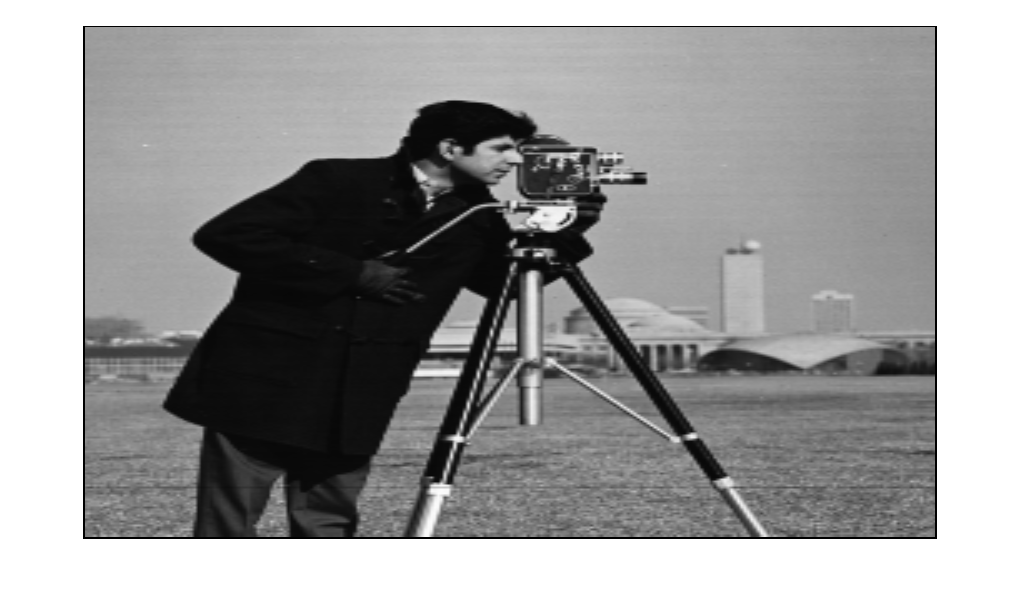geometricTransform2d
2 次元幾何学的変換オブジェクト
説明
geometricTransform2d オブジェクトは、点単位のマッピング関数を使用してカスタムの 2 次元幾何学的変換を定義します。
作成
説明
tform = geometricTransform2d(inverseFcn)geometricTransform2d オブジェクトを作成し、逆方向のマッピング プロパティ InverseFcn を設定します。
tform = geometricTransform2d(inverseFcn,forwardFcn)ForwardFcn を設定します。
プロパティ
オブジェクト関数
outputLimits | 与えられた入力空間範囲について出力空間範囲を求める |
transformPointsForward | 順方向の幾何学的変換の適用 |
transformPointsInverse | 逆方向の幾何学的変換の適用 |
例
バージョン履歴
R2018b で導入



